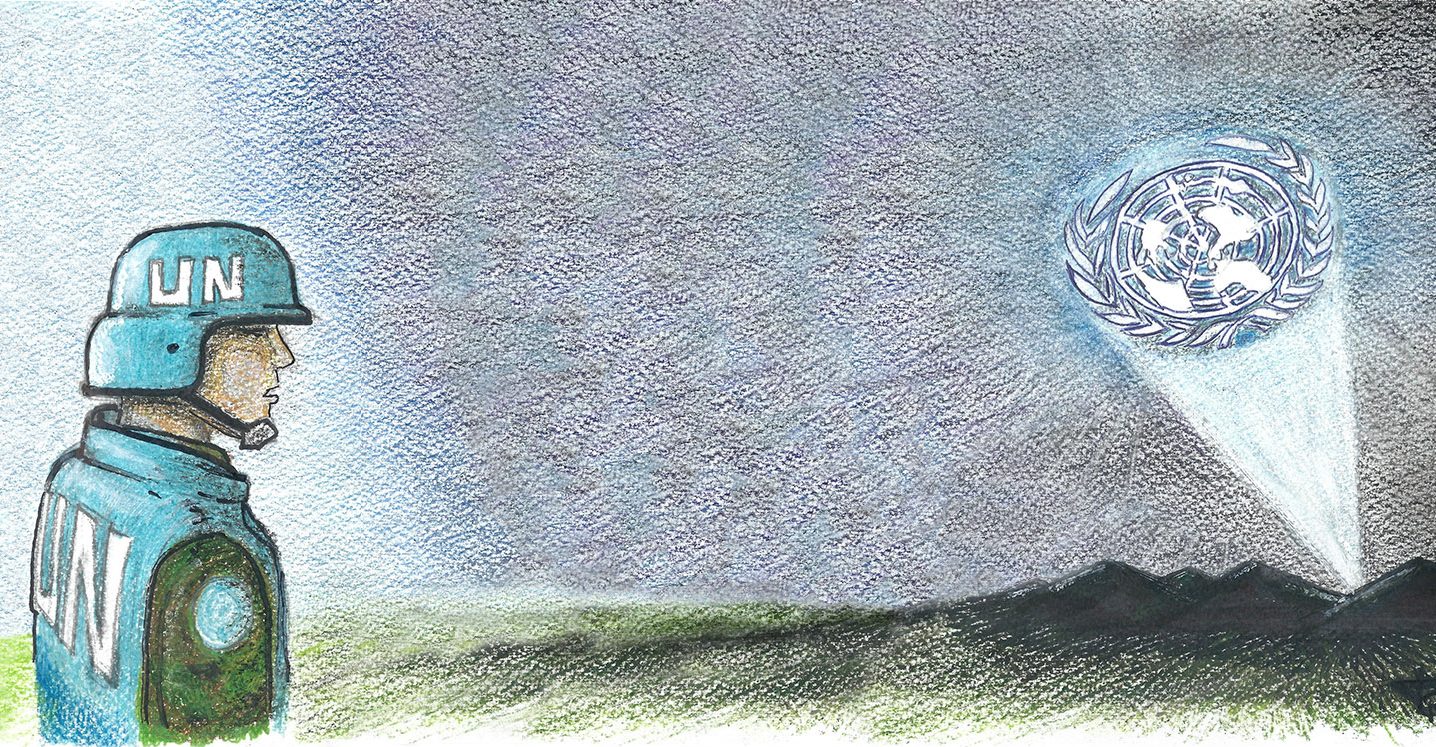In a UN mission, when one person less expects, he/she will/may have to stay away from the main Unit, sometimes for several days. In a conflict zone, the peacekeeper should not only plan to have his/her gear prepared for an unexpected stay, but also for an unexpected evacuation of the UN compound.
That brings about the issue of “Runaway Bags”; something to have permanently ready and close-by both at the accommodation’s doorstep, and in a trip.
Runaway Bags are no more than a collection of stuff someone may need in an emergency situation. Its “packing-up” is an individual responsibility and it should be prepared as soon as possible after arriving to the mission area. Everything should fit inside a backpack, and kept close to the door of the individual accommodation, in case there is an attack and that person has to “runaway”; or to take along in a routine trip/patrol (because we always know how they start … but we never know how they end).

The content varies with each person and with each mission area. Obviously a “runaway bag” made for the desert will not have the same content of that one made for the snowy mountain. However, overall, it should not weigh more than 15 kilos and should contemplate four areas of concern: First Aid; Survival; Food and Hygiene. The difficult part is to select how much of each article should go inside, in order to keep the backpack under the 15 kilos.
The First Aid section should consider having: the medicines/prescriptions that specific person is eventually taking; bandages and compresses; duct tape; a strangler garrotte; condom (it has multiple uses); anti exposure cream (sun and cold); band-aids; pharmacy disinfectant; water purification pills; insect repellent.
The Survival component should consider having: both local and hard currency money (because there are no free runaways); documents and photocopy of the documents; multifunction knife; flashlight; lighter and/or matches (fire); compass; small radio transistor (to hear the news); spare batteries for all the equipment taken; small mirror; glow sticks; notebook with pen/pencil; toilet paper (half roll compressed); whistle; sleeping bag; rope (10m); hat; rain cover; Walkie-Talkie (with mission frequency); one change of underwear..
The food section should have one litre of water (canteen); a combat ration; energy bars.
The personal hygiene should consider including: a small soap bar; dental cleaning material; some wet cleaning wipes.
During my missions, in several occasions I’ve regretted not paying enough attention to this matter but, believe me, it’s worth investing sometime right at the start, and then it’s done for most of the mission’s duration.
